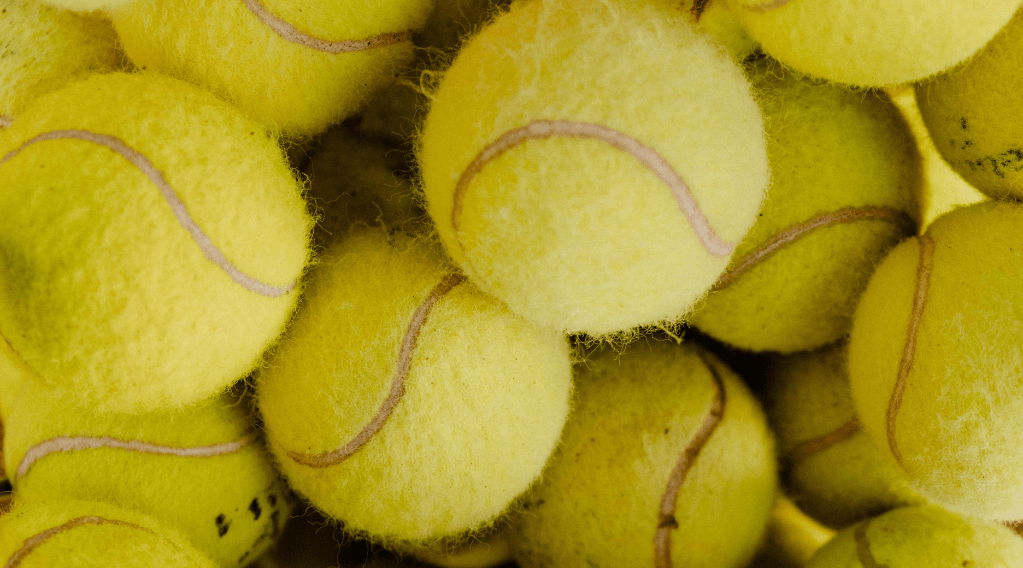Tears in Tennis: A Lesson in Resilience
I recently worked with a 7-year-old tennis player on court when, all of a sudden, she got hit in the leg with a powerful ball. First, she looked shocked. Then, after a few seconds, she started crying. And I was so glad that she did.

Athletes are often expected to power through pain or suck it up when they find themselves in stressful situations. They’re often labelled as weak if they show tears or painful emotions. Because of this, many learn to suppress crying in front of coaches, parents and peers, and just get on with their pain. And we call that resilience.
But suppressing tears and emotions is not resilience.
What this 7-year-old did is.
So, what was happening in her body?
When she was hit by the ball, her fight or flight response got activated, which created a huge amount of activation energy in her body. This energy is very helpful when we’re in danger, as it helps us fight the cause of threat or run away from it. And once the threat is gone and the body feels safe again, naturally, this excess energy gets discharged often through tears, shaking or trembling.
When she started crying, it was her body doing exactly what it needed to. It was regulating, discharging the energy that she no longer needed. So I walked up to her, got down to her level, and stayed with her while she cried. I told her that I knew how much it hurts to be hit in the leg by a powerful serve. I asked her to take a deep breath, slowly exhale, and show me where she was hurting. Then, I reassured her that the pain would go away. After a minute or two, when all the excess energy had been released, she smiled, and went back to practising her routine.
This is resilience.
By giving her a safe space and time to heal, she could resolve her stress reaction. This experience didn’t just help her at that moment, but it laid the foundation for her to move through future stressful or threatening situations with more ease and flexibility.
So what can adults do?
Because the capacity to heal is innate, our role as adults is simple: not to interfere with the healing process, but to provide a calm, confident and accepting presence that helps the little ones access this healing capacity.
As Levine and Kline (2019) so nicely put it:
“Your task is similar in many ways to the function of a band-aid or a splint. The band-aid or the splint does not heal the wound, but protects and supports the body as it restores itself.”
If you’re interested in learning more about how to support children (or anyone) through injuries and accidents in a resilience-supportive way, Trauma Through a Child’s Eyes by Peter Levine and Maggie Kline (2019) is a great place to start.